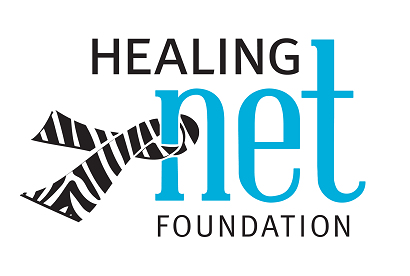Nutrition Tips for NET patients - by Leigh Anne Burns, MS, LDN, RD
/Nutrition Tips for NET Patients
“Designing a Diet—Carcinoid Syndrome”Definition of diet: the kinds of food that a person habitually eats
Many diets are suggested to patients, but in my opinion the best diet contains foods that do not increase the symptoms. Symptoms can vary greatly by the types and location of the tumor, changes to the GI tract from surgeries, and/or the use of medications necessary to treat the disease, and all contribute to the types of symptoms among individuals living with NETs. So, the first step is to look at a healthy diet plan and change foods as needed which will not increase the individuals’ symptoms.
I prefer to use the USDA Choose my plate www.Choosemyplate.gov as a starting plan. It is based on the recommendations of many bright minds including Bill Go, MD, who has contributed to NETs nutrition for many years. It includes a meal plan based on patterns of foods from the basic food groups and emphasizes foods high in nutritional value based on the nutritional guidelines for all Americans. This information works well since it contains a wide variety of foods and that helps in meal selections especially when diets need to be modified to avoid symptoms common for this population such as nausea, vomiting, diarrhea, malabsorption of carbohydrates or fats, hyperglycemia and carcinoid syndrome.
**IDENTIFY YOUR SYMPTOMS
Begin a food/symptom log to help track possible problem foods. Over the next few weeks we will discuss some of the symptoms and modifications that can help better select foods for the individual. Remember, Registered Dietitians such as myself, trained in treatment of patients with NETs, can be helpful in guiding you through the best meal plan for you.
Let’s begin with with the symptoms of carcinoid syndrome (also referred to as functioning) and some tips to lessen some of those symptoms.
What is carcinoid syndrome? These symptoms usually occur after the dx has spread in the small intestines or metastasized to the liver or other areas and tumors are over expressing hormones such as serotonin and histamines. Typical symptoms are flushing (feeling like a hot oven), diarrhea, wheezing, and pellagra (redness/inflammation of skin).
Carcinoid syndrome can become worse if your diet contains too many amines, usually tyramine or histamine which form during the aging process or fermentation of foods. Problems are also associated with large meals since that makes it easier for you to get too much of something that your body is not tolerating.
Alcoholic and caffeinated beverages
Large meals
Fatty foods
Chocolate
Smoked, pickled, and spicy foods with pepper, cayenne pepper, mustard
Some nuts: peanuts, brazil nuts, and coconut
Aged cheeses: Stilton, Camembert, cheddar
Milk
Bananas
The first step I would recommend for a patient experiencing carcinoid syndrome symptoms is to AVOID foods on this list and EAT SMALLER portions of all foods, BUT MORE OFTEN daily to still get enough nutrition throughout the day. MONITOR your progress, and use your daily log to see how it affects you individually.





